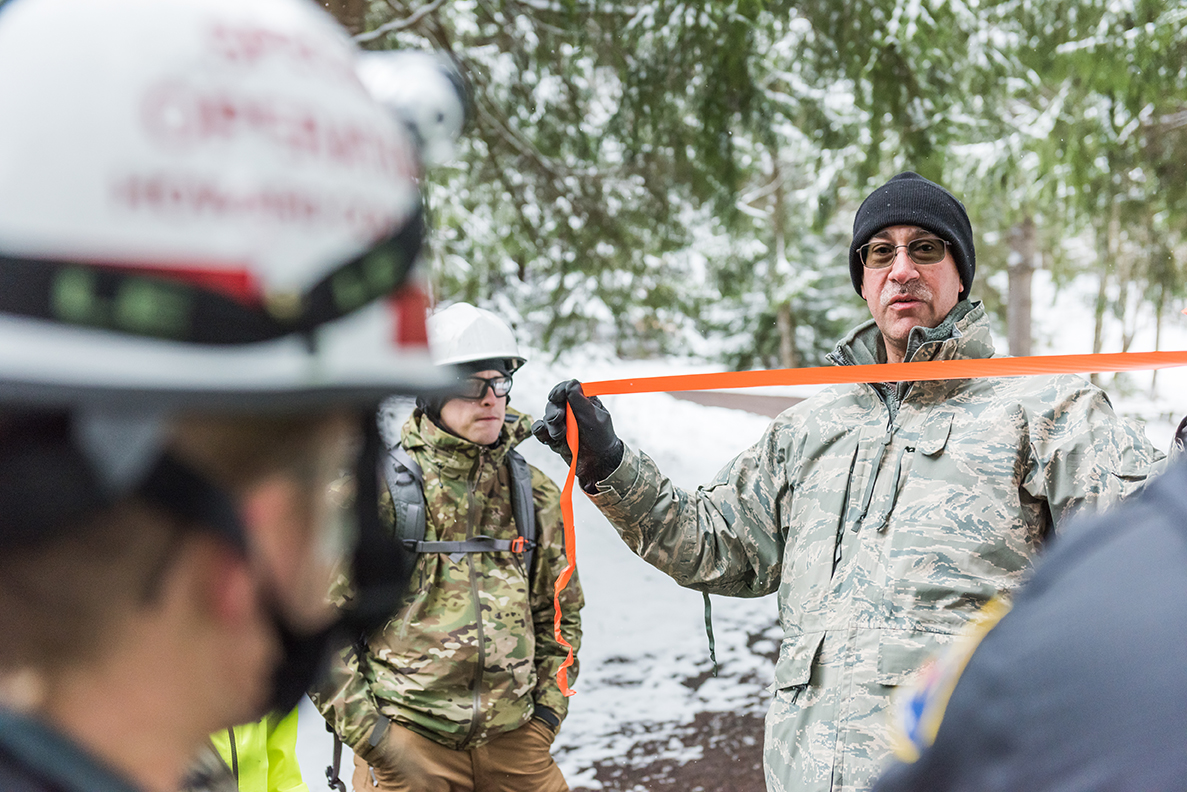Students come to UMBC’s Emergency Health Services program for many reasons. Some already work as EMTs or as physicians, while others hope to get into health policy or disaster relief. What brings them together, says program chair and professor J. Lee Jenkins ’97, biological sciences and EHS, M.S. ’99, EHS, is a shared desire to help people in need.
“The students here are very altruistic, and they are the classic ‘Wanna change the world, wanna make it a better place,’ people with big ideas,” she said. “Being able to help people immediately and make a difference at a very stressful moment in their lives is really meaningful for us.”
Founded in 1980 at the request of Dr. R. Adams Cowley, a pioneer in the development of the trauma center concept and the namesake of Baltimore’s main shock trauma center, the EHS program at UMBC is one of the oldest emergency medical baccalaureate programs in the nation. Alumni of the program can be found all over the world, providing leadership in clinical and disaster settings, determining policy at all levels of government, and teaching the emergency health professionals of the future.
With an aging population and increasingly complicated primary care options, the emergency medical services community has diversified over the years to meet changing demands, Jenkins said. Partnerships with local rescue outfits allow EHS researchers and workers to integrate health units through better use of data and communication between parties, making service more efficient and targeted by client.
Looking ahead, the EHS department is also embarking on more interdisciplinary research, and recently launched a joint Ph.D. program with the department of public policy, which offers the choice of a concentration in emergency health services. With nearly a thousand EHS alumni currently in the field, Jenkins knows the department is making an impact across the globe.
“We really do have leaders and policy makers all over the world at this point. We have physicians. We have state EMS medical directors. We have people working in ASPR,” or assistant secretary for preparedness and response, at the federal level, she said. “It’s pretty incredible.”
Read about the EHS Search and Rescue excursion.
Tags: Alumni, CAHSS, EHS, Spring 2017

